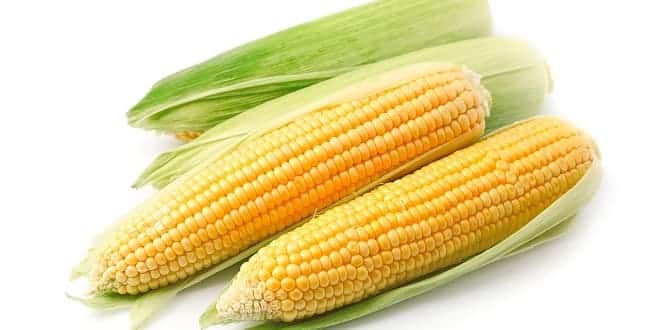Maize ( Sakil Ahmed )
MAIZE
Maize (Zea mays subsp.), known in some English-speaking countries as corn, is a large grain plant domesticated by indigenous peoples in Mesoamerica in prehistoric times. The leafy stalk produces ears which contain the grain, which are seeds called kernels. Maize kernels are often used in cooking as a starch.
1. Structure and physiology
The maize plant is often 2.5 m (meters) (8 ft) in height, though some natural strains can grow 12 m (40 ft).The stem has the appearance of a bamboo cane and is commonly composed of 20 internodes of 18 cm (7 in) length. A leaf grows from each node, which is generally 9 cm (3.5 in) in width and 120 cm (4 ft) in length. Ears develop above a few of the leaves in the midsection of the plant, between the stem and leaf sheath, elongating by citation needed 3 mm/day, to a length of 18 cm (7 in) (60 cm/24 in being the maximum observed in the subspecies). They are female inflorescences, tightly enveloped by several layers of ear leaves commonly called husks. Certain varieties of maize have been bred to produce many additional developed ears. These are the source of the “baby corn” used as a vegetable in Asian cuisine. The apex of the stem ends in the tassel, an inflorescence of male flowers. When the tassel is mature and conditions are suitably warm and dry, anthers on the tassel dehisce and release pollen. Maize pollen is anemophilous (dispersed by wind), and because of its large settling velocity, most pollen falls within a few meters of the tassel.
2. Varieties
Many forms of maize are used for food, sometimes classified as various subspecies related to the amount of starch each had:
– Flour corn — Zea mays var. amylacea
– Popcorn — Zea mays var. everta
– Dent corn — Zea mays var. indentata
– Flint corn — Zea mays var. indurata
– Sweet corn — Zea mays var. saccharata and Zea mays var. rugosa
– Waxy corn — Zea mays var. ceratina
– Amylomaize — Zea mays
– Pod corn — Zea mays var. tunicata Larranaga ex A. St. Hil.
– Striped maize — Zea mays var. japonica
3. Climate, soils and production areas
3.1 Temperature requirements
The optimum temperature for maize growth and development is 18 to 32 °C, with temperatures of 35 °C and above considered inhibitory. The optimum soil temperatures for germination and early seedling growth are 12 °C or greater, and at tassel ling 21 to 30 °C is ideal. Low temperature is rarely a limiting factor for crop production.
3.2 Rainfall requirements
Maize can grow and yield with as little as 300 mm rainfall (40% to 60% yield decline compared to optimal conditions), but prefers 500 to 1200 mm as the optimal range. Depending on soil type and stored soil moisture, crop failure would be expected if less than 300 mm of rain were received in crop. However, through practicing reduced tillage, maintaining ground cover or applying crop residues such as rice straw, the impact of drought can be greatly reduced by lowering soil temperature and surface evaporation. In one upland experiment maize yield was increased by 61% by simply adding crop residues to the soil (known as mulching).
3.3 Photoperiod
Maize is grown globally from 50°N to 40°S, and from sea level up to 4000 m altitude. Maize is a short-day plant with 12.5 hours/day being suggested as the critical photoperiod. Photoperiods greater than this may increase the total number of leaves produced prior to initiation of tassel ling, and may increase the time taken from emergence to tassel initiation (Birch 1997). Day length
increases from January to June and becomes shorter from July until December. Therefore, the same variety of maize planted between mid-May and early August may be slightly slower than if planted outside this period, when day length is less than 12.5 hours per day .
…


